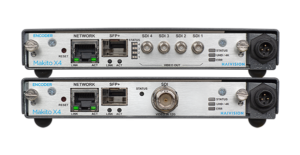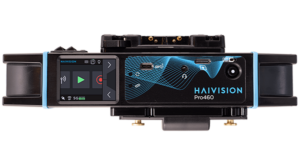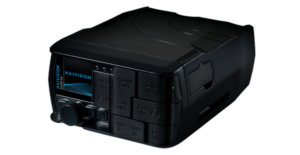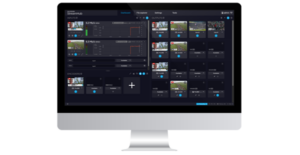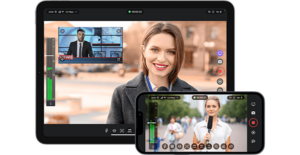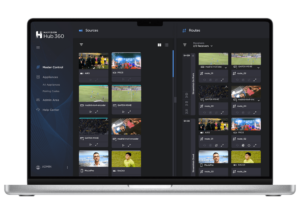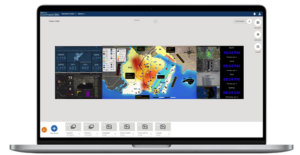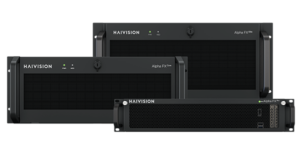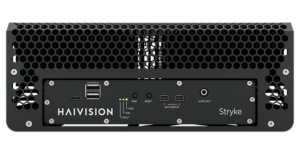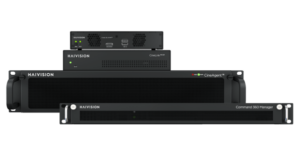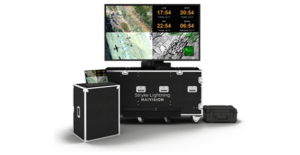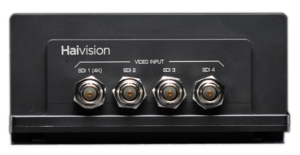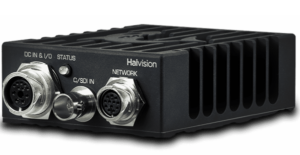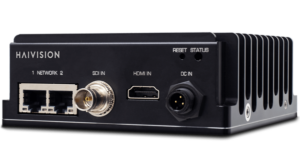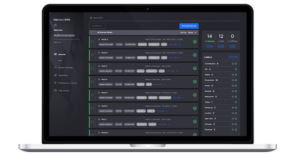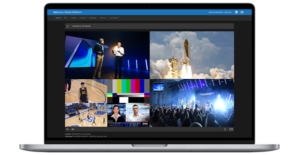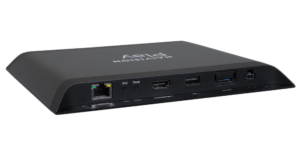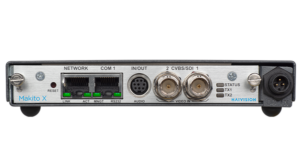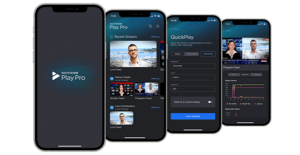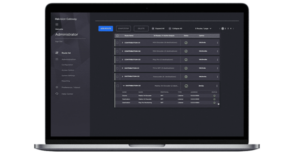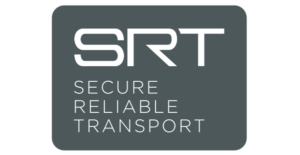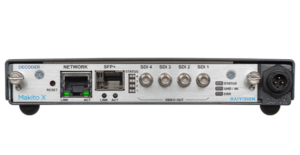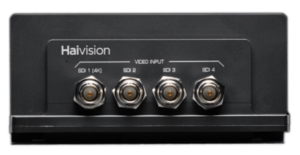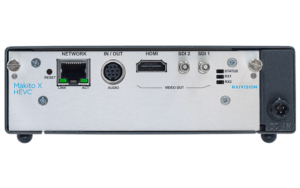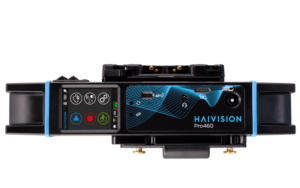Why Low-Latency Video Return Feeds are Essential for Live Broadcast Production
Video return feeds are not the most glamorous application of broadcast technology, but they are essential in creating the most compelling live content. When your contributors are working from a remote location, video returns enable field crews to view and collaborate with resources from the broadcast center in real-time.
Return feeds typically provide:
- Real-time confidence monitoring
- Teleprompting
- Bidirectional video for remote interviews
Back a number of years ago, the only “return” field crews had was audio, over telephone, and in some cases the live broadcast playout from a direct to home (DTH) satellite downlink. With the advent of video streaming, a much richer set of video channels can now be delivered to the field.
I was recently awakened to the production value of return feeds after visiting three of our customers in the field.
The first was to RSI, a Swiss broadcaster which constantly delivers production video streams to its fleet of OB vans so that they are aware of the current playout. The second was to Cheddar TV, an OTT-only news channel in New York City which uses return feeds to transmit video from the broadcast center back to the field. And the third visit was to a major American broadcaster, whose over 250 field directors, technicians, and remote talent rely on accessing any feed from the broadcast center for production monitoring, teleprompting, and bidirectional remote interviews.
After much discussion with these three broadcasters, I learned that there are four things they take into consideration for their video return feeds – latency, security, scalability, and viewing.
Latency
Have you ever tried to have a phone conversation where there was significant delay on the line? Almost impossible, right? The synchronization between central production and remote staff relies on minimizing the latency (delay) between the sender of the video and the receiver. Latency is typically introduced in one or more of three fashions. It can be introduced by the video encoder when compressing and processing source video, the network, or by the decoder as it brings the content to the broadcast center.
Some video encoders can create up to 3-4 seconds of latency while a satellite network can add up to 10 seconds. To minimize latency, broadcasters should look to high-performance encoders specifically designed for low latency contribution and return feeds, such as our Makito X video encoder series which can meet a targeted end to end latency under 200 milliseconds for remote interviews and less than 500 milliseconds for return video feeds.
Security
When relying on IP networks including the internet, broadcasters need to keep their content safe from piracy. Encoders that support the SRT streaming protocol can add AES encryption so that your streams are delivered across an IP network securely.
Scaling
Sending a video stream to the field should be as easy as setting up an encoder and making sure that the video can get to the destination even through a firewall. And while that works fine for a single remote source, it gets trickier when you need to scale your return feeds to serve all of your field techs. By using a cloud-based streaming solution (a media gateway) the stream you transmit from the broadcast center can easily be sent to many remote locations and devices.
Viewing
For viewing return feeds, broadcasters may choose to rely on a dedicated low-latency decoder such as those which are integrated within remote studios or OB vans. However, streaming protocols, such as SRT, can also be decoded by set top boxes, media players, and even mobile devices. These lower-powered players may introduce a few hundred milliseconds of latency, but will serve the purpose very well. For example, some broadcasters will use an iPad under a camera to show the return teleprompter.
There are multiple applications for return feeds and every broadcaster has their own specific requirements, depending on production workflows and content type – all of them will benefit from low latency. Additionally, content security should always be a key concern, especially for playout streams. Reliability and ease of use is key to empowering field staff. Setting up a return feed should assist field staff and talent, not encumber them. There are many ways to view and display return feeds – it is important to choose the hardware or software decoder and player that are best suited for the task at hand.
If you would like to learn more about our low-latency encoders, used every day by thousands of live producers and broadcast engineers, please take a look at our encoder superguide, The Definitive Guide to Haivision Encoder Technology and Hardware.

